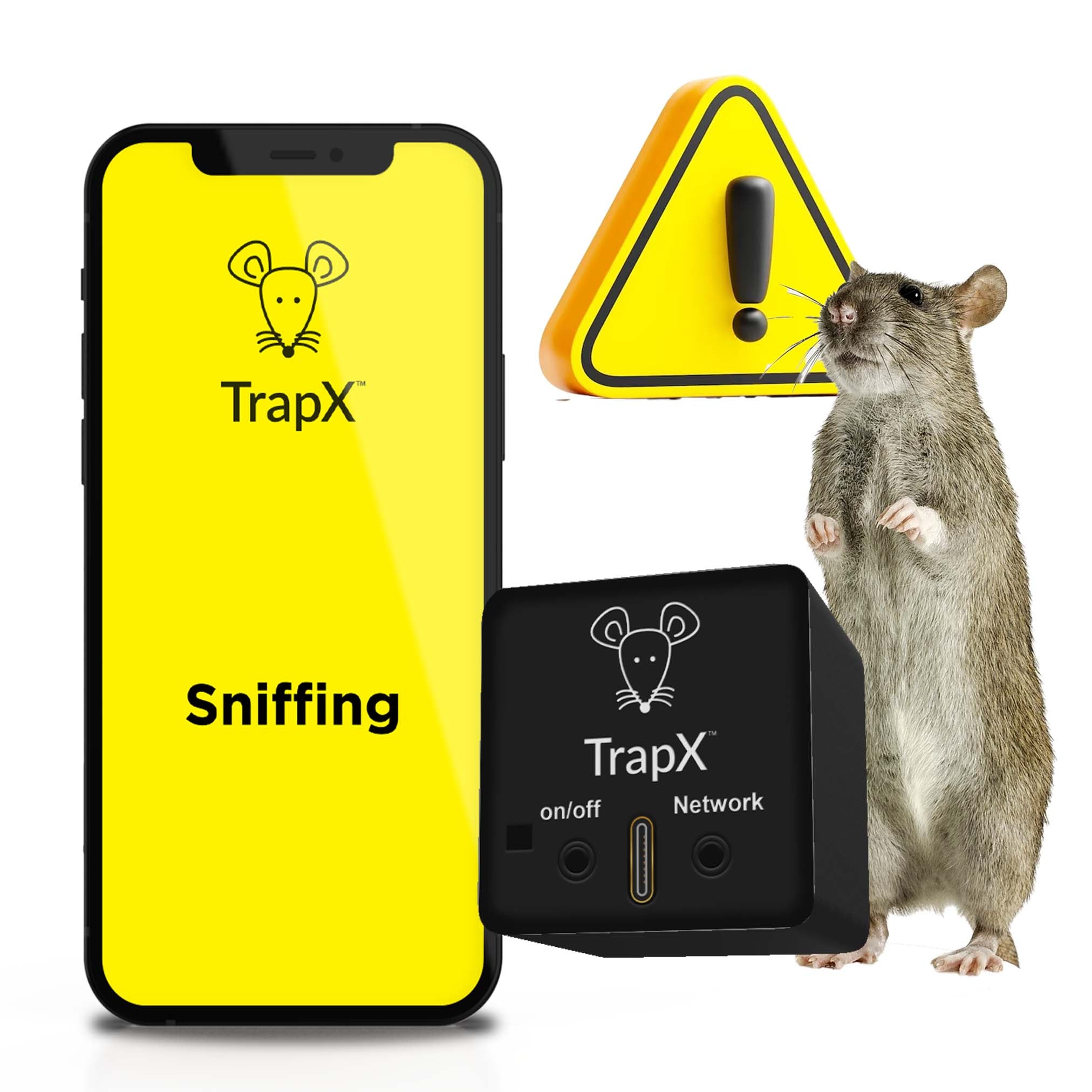Where To Put Rodent Repellent In Car
Share
Car owners often face an unexpected but serious issue: rodents nesting in vehicles. If you've found yourself dealing with chewed wires, damaged interiors, or even foul smells, you're not alone. Understanding where to put rodent repellent in your car is key to tackling this issue effectively. Proper placement of rodent repellents can save you time, money, and a lot of headaches.
In this article, we will discuss the best locations to place rodent repellents in your car and share expert tips for preventing infestation. We'll cover areas such as the engine bay, interior compartments, trunk, and more to help you keep these pesky critters at bay.

The Importance of Rodent Control in Cars
Knowing why rodents are attracted to your car is the first step in understanding where to put rodent repellent in your car. Rodents seek warmth, shelter, and food, and the insulated spaces in a vehicle offer the perfect nesting grounds. Whether you're dealing with mice, rats, or squirrels, these pests can cause substantial damage, leading to costly repairs.
Common Signs of Rodent Infestation
- Chewed wires and cables
- Droppings in the engine bay or interior
- Unpleasant odors
- Nests made of insulation material
- Visible rodent tracks
By recognizing these signs early, you can take preventive measures and place repellents in the right locations to avoid further damage.

Best Locations to Place Rodent Repellents in Your Car
1. Engine Bay
The engine bay is a favorite nesting place for rodents due to its warmth. Placing rodent repellents in this area can be highly effective. You can use peppermint oil sachets, ultrasonic devices, or mothballs to deter them. Make sure to place the repellent near areas such as battery cables and air intake systems.
2. Interior Compartment
The interior compartment is another critical area. Rodents can enter your car through small openings and cause damage to seats, wiring, and even carpet. Use rodent repellent sprays or electronic deterrents under the seats, dashboard, and glove compartment.
3. Trunk
The trunk is often overlooked when considering where to put rodent repellent in your car, yet it can be a prime location for nesting. Repellents such as dried lavender sachets or cedar wood chips can be placed around the perimeter of the trunk to keep rodents out.
4. Wheel Wells and Undercarriage
Rodents can easily access the vehicle through the wheel wells and undercarriage. Applying repellent sprays or placing repellent pouches in these areas can be a smart preventive measure.

Additional Tips for Rodent Prevention
While knowing where to put rodent repellent in your car is crucial, it's equally important to follow additional preventive measures to make your vehicle less attractive to rodents.
Keep Your Car Clean
A clean car is less inviting to rodents. Remove any food wrappers, crumbs, and trash regularly to eliminate potential food sources.
Park in a Safe Location
If possible, park your car in a garage or well-lit area. These environments are less appealing to rodents compared to dark and secluded areas.
Seal Entry Points
Inspect your car regularly for any holes or gaps that rodents could use to enter. Use sealants or mesh to block these entry points effectively.
For more details on preventing rodents in your car, you can visit Romney Pest Control.
For more information on keeping rodents at bay in other situations, check out these guides on humane mouse traps, box mouse traps, and mouse trap app alerts.
FAQs
How often should I replace rodent repellent in my car?
The frequency of replacement depends on the type of repellent you are using. Natural repellents like peppermint oil sachets may need to be replaced every month, while electronic repellents can last longer. Always check the product's instructions for guidance.
Are there any DIY options for rodent repellent?
Yes, DIY options like peppermint oil sprays, homemade sachets with dried herbs, and even certain spices like cloves can be used to repel rodents. For more on this, read indoor mouse traps.
Can rodent repellents cause damage to my car?
No, most commercially available rodent repellents are designed to be safe for use in vehicles. However, always read the product label and instructions before placing them in your car.
As an Amazon Associate, I earn from qualifying purchases.
